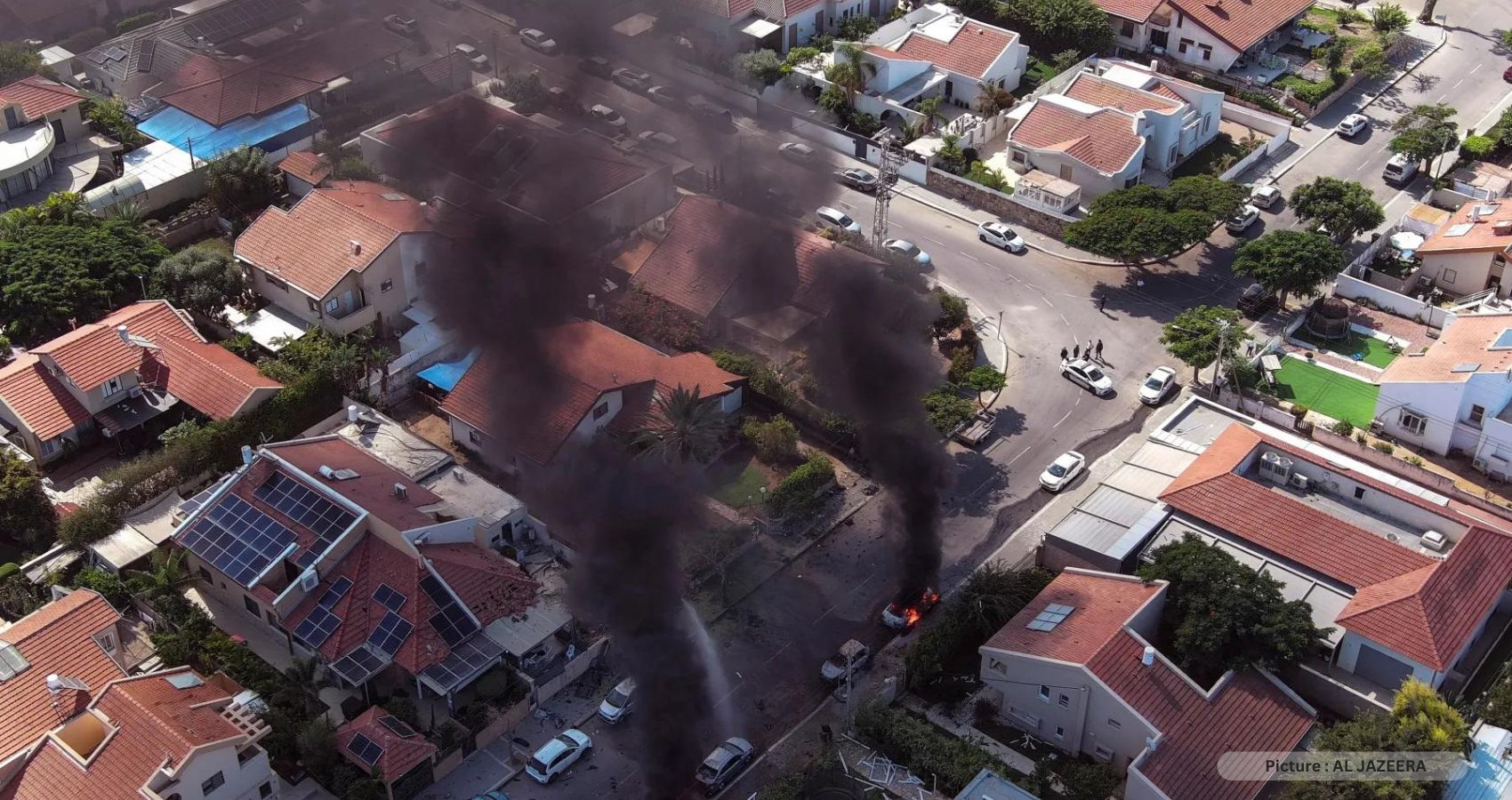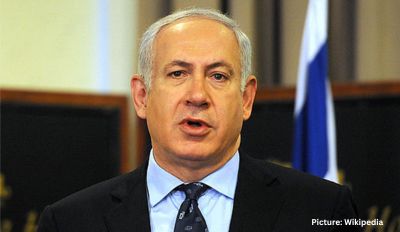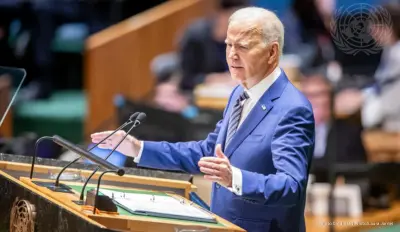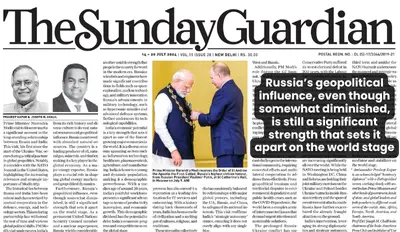On October 7th, Israel experienced a shockingly unexpected attack, reminiscent of the 1973 October War, which brought the nation to the brink 50 years ago. This recent assault by Hamas from the Gaza Strip, occurring on a holiday morning and taking Israel off guard, draws parallels with historical conflicts that reshaped their respective landscapes. Similar to the Tet Offensive during the Vietnam War, the Hamas attack demonstrated unforeseen capacities, briefly overwhelming a superior military, and prompting a reevaluation of the conflict’s nature.
The prevailing assumption in Israel that the Palestinian conflict could be “managed” rather than resolved is now in question. Prime Minister Benjamin Netanyahu discarded this notion, declaring that the country was “at war,” not engaged in a mere operation or round of conflict. This shift in perspective has far-reaching implications, not only for Israel but also for global political and military leaders who must reconsider the potential outcomes of this conflict.
This attack has cast doubt on a potential peace deal between Israel and Saudi Arabia that hinged on the presumed acceptance of the status quo by the occupied Palestinians. It also challenges America’s longstanding hope to shift its focus away from the Middle East and rekindles the competition between global powers in the region. Once again, Israel and the Palestinians become pivotal players in the near future of geopolitics.
Israel had grown accustomed to brief, one-sided battles with Gaza militants, often fought using drones or fighter jets. Israeli officials even humorously referred to these encounters as “cutting the grass.” This routine became a stark military aspect of “managing the conflict,” a strategy that has dominated for decades. It operates on the assumption that there is no political solution to the contest for land between Jewish Israelis and Palestinians, both of whom lay claim to the same territory.
In the West Bank, home to 3 million Palestinians and around 500,000 Jewish settlers, much of the management falls under the purview of a robust internal security apparatus overseen by Palestinian National Authority President Mahmoud Abbas, also known as Abu Mazen. Abbas wagered that quelling violent resistance, including from Hamas, a rival to his Fatah party, would lead to negotiations resulting in a Palestinian state. However, this bet has not paid off.

Unlike the West Bank, the Gaza Strip, housing 2.2 million Palestinians, saw the departure of Jewish settlers and the Israeli military in 2005. Since then, it has been governed by Hamas, or the Islamic Resistance Movement, and sealed off by Israel. While Israel exerts control over Gaza’s power supply, telephone systems, and much of its economy, managing it has proven more challenging. Poverty is widespread, and the young population has limited options for leaving. Israeli security relied heavily on fences and walls, which Hamas guerrillas tunneled under in 2014 and demolished on October 7th, using paragliders.
The events that followed have left a deep impact on Israelis, who, in addition to possessing the region’s most powerful military, carry a reservoir of trauma. In the chaotic hours of that Sabbath morning, everything was overwhelmed: the Israel Defense Force, the Iron Dome missile defense system, and the sense of security that had led hundreds of young people to an overnight rave in the desert where the paragliders landed and opened fire. Some of these terrified revelers became among the approximately 100 hostages, including Israelis and foreign citizens, taken into Gaza.
The abduction of individuals, including the bodies of soldiers, has been a recurring tactic in the asymmetrical warfare faced by Israel. It provides bargaining leverage following hit-and-run operations. These actions, along with civilian casualties, ensure sympathy for Israel and afford it latitude in its responses. Prime Minister Netanyahu vowed to turn parts of Gaza “to rubble,” but doing so while dozens of Israeli hostages are in harm’s way presents a complex challenge.
The surprise attack by Hamas on Israel has shattered assumptions about managing the Israeli-Palestinian conflict. It has led to a shift in perspective from “management” to being officially “at war.” This development has far-reaching implications, influencing not only the regional dynamics but also global politics. The events that unfolded on that fateful day have left deep scars on the collective psyche of Israelis, and the situation remains fluid, with complex challenges ahead.











